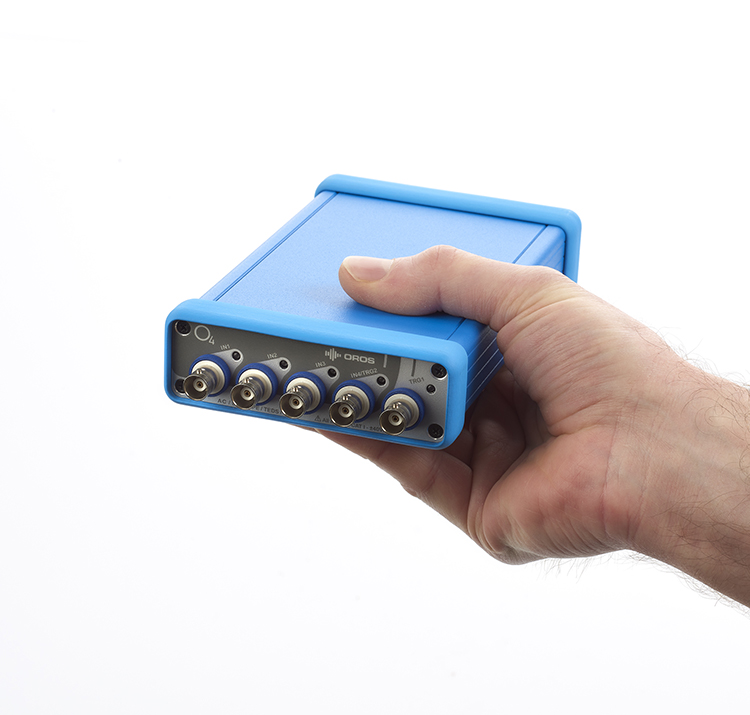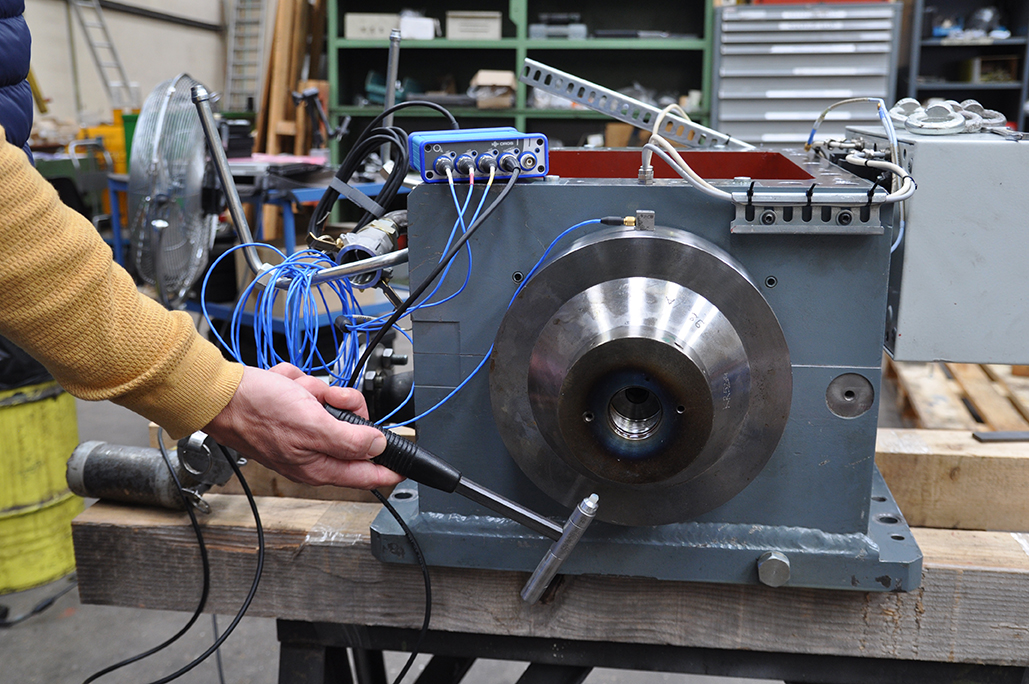A large number of rotating machinery type exist over the industry: whatever it is the Energy, Marine, Aerospace or other industries: from turbomachinery, to motors, generators, and engines. Excessive vibration levels in these machines can be due to several reasons. It can be due to a rotating fault but also to a resonance of the structure. When carrying the diagnostics, the characteristics of the machine train have to be taken into account. Whether the machine is using roller bearings versus fluid film bearings for example will play an important role for the diagnostician in finding the root cause.
When looking at a machine train the problem is bit more complex as issues detected on one machine can be due to the other machine or even on the combination of the train. For example, if 2 machines are misaligned specific frequency lines will appear: in particular the second order is typically representative of it. Imbalance, solved by balancing, is represented by a high value of the first harmonic in the FFT spectrum or by 1X (order 1) after an order analysis.
When looking at roller bearings, typical characteristic frequencies can be automatically calculated by the OROS software taking into the account the real time measured speed and the geometrical information of the roller bearing (ball diameter, race diameter, number of balls etc.): this function is called kinematic markers.
When dealing with fluid film bearings, the diagnostics and typical frequencies are special to that machine. In particular, orbits, shaft centerline, full shaft motion as well as full spectrum should be used to characterize those faults. One can see on the picture below, the configuration of a fluid film bearing (also called journal bearing) when measuring absolute casing vibrations (based on accelerometers) and shaft relative vibrations (based on proximity probes).




